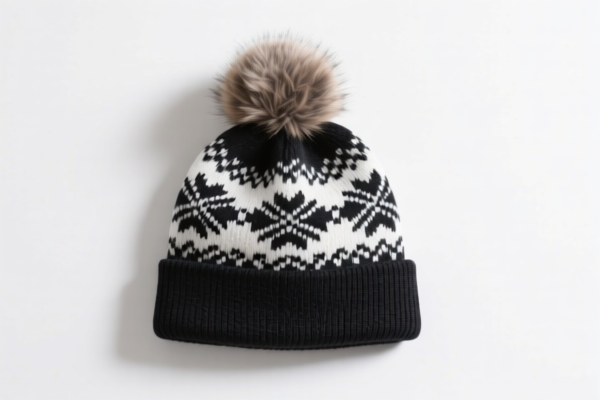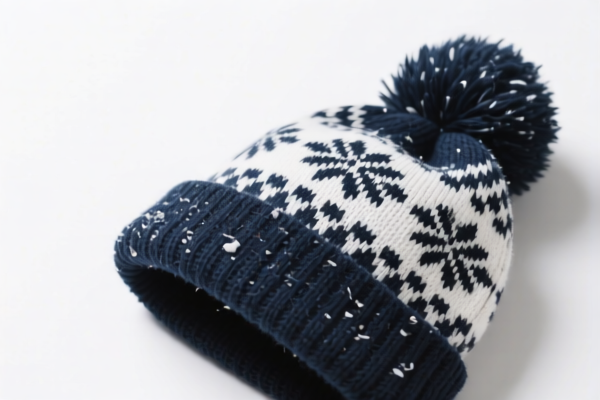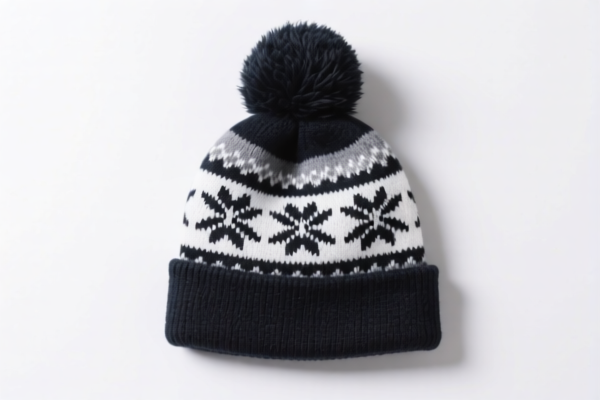| HS Code | Official Doc | Tariff Rate | Origin | Destination | Effective Date |
|---|---|---|---|---|---|
| 6505009089 | Doc | 20.7¢/kg + 7.5%+30.0% | CN | US | 2025-05-12 |
| 6506996000 | Doc | 63.5% | CN | US | 2025-05-12 |
| 6506993000 | Doc | 58.3% | CN | US | 2025-05-12 |
| 6001102000 | Doc | 72.2% | CN | US | 2025-05-12 |
| 6001910010 | Doc | 73.5% | CN | US | 2025-05-12 |
| 6002904000 | Doc | 63.8% | CN | US | 2025-05-12 |
| 6002908080 | Doc | 63.0% | CN | US | 2025-05-12 |
| 6003909000 | Doc | 61.6% | CN | US | 2025-05-12 |
| 6003901000 | Doc | 69.1% | CN | US | 2025-05-12 |
| 6004909000 | Doc | 62.0% | CN | US | 2025-05-12 |
| 6004100085 | Doc | 67.3% | CN | US | 2025-05-12 |
| 6005909000 | Doc | 65.0% | CN | US | 2025-05-12 |
| 6006901000 | Doc | 62.0% | CN | US | 2025-05-12 |
| 6006909000 | Doc | 55.0% | CN | US | 2025-05-12 |




Winter Hat
A winter hat is a head covering designed to provide warmth in cold weather conditions. It is typically worn during the fall and winter months to retain body heat and protect the head and ears from frigid temperatures, wind, and precipitation.
Materials
Winter hats are constructed from a variety of materials, each offering different levels of warmth, comfort, and water resistance:
- Wool: A traditional choice, wool provides excellent insulation even when wet. It can be itchy for some, and requires careful washing. Merino wool is a softer, less irritating alternative.
- Acrylic: A synthetic fiber that offers good warmth and is generally less expensive than wool. It is hypoallergenic and easy to care for.
- Fleece: A soft, lightweight material known for its warmth and comfort. It is often used as a lining or as the primary material for less severe cold.
- Cashmere: A luxurious, exceptionally soft fiber providing superior warmth and comfort, but is more expensive and requires delicate care.
- Nylon/Polyester: Often used for outer shells due to their water and wind resistance.
- Blends: Combinations of materials (e.g., wool-acrylic blends) are common to balance cost, warmth, and comfort.
Purpose & Function
The primary purpose of a winter hat is thermal regulation. The head is a significant source of heat loss, and covering it helps to:
- Retain body heat: The hat traps air close to the head, preventing heat from escaping.
- Protect from wind chill: Blocking the wind reduces the rate of heat loss.
- Shield from precipitation: Waterproof or water-resistant hats prevent the head from getting wet, which can significantly lower body temperature.
- Ear Protection: Many hats are designed to fully cover the ears, providing crucial protection from frostbite and windburn.
Usage Scenarios
Winter hats are used in a wide range of cold-weather activities:
- Everyday wear: Commuting, running errands, walking outdoors.
- Outdoor recreation: Skiing, snowboarding, hiking, ice skating, snowshoeing.
- Sports: Football, hockey (often integrated into helmets).
- Work: Construction, landscaping, or any outdoor profession during cold months.
Common Types
- Beanie: A close-fitting, knit cap that typically covers the head and ears. Often made from wool or acrylic.
- Trappers Hat (Ushanka): A hat with ear flaps that can be tied up on top of the head or fastened down around the ears and chin for maximum warmth. Traditionally made from sheepskin or fur.
- Balaclava: A hood that covers the head, neck, and sometimes the face, providing full protection from the elements. Often used in extreme cold or during high-wind activities.
- Bobble Hat: A beanie with a pom-pom (bobble) on top, often for stylistic reasons.
- Earflap Hat: Similar to a beanie, but with flaps that cover the ears, offering additional protection.
- Helmet Liner: A thin hat worn under a ski or snowboard helmet for added warmth and comfort.
- Fur Hat: Hats made from real or faux fur, providing exceptional warmth but may have ethical considerations.
Winter hats fall under various classifications depending on their material and construction. Here's a breakdown of relevant HS codes based on the provided information:
-
6505009089: This code covers hats and other headgear, knitted or crocheted, or made up from lace, felt or other textile fabric, in the piece (but not in strips), whether or not lined or trimmed; hair-nets of any material, whether or not lined or trimmed. Specifically, it's categorized as "Other: Other: Other Other: Other: Other". The base duty is 20.7¢/kg + 7.5%, with a 0.0% additional tariff currently, increasing to 30.0% after April 2, 2025. The total tariff is 20.7¢/kg + 7.5% + 30.0%. This is suitable for general knitted or crocheted winter hats.
-
6506996000: This code applies to other headgear, whether or not lined or trimmed, specifically categorized as "Of other materials: Other". The base duty is 8.5%, with an additional tariff of 25.0%, increasing to 30.0% after April 2, 2025. The total tariff is 63.5%. This would be applicable to winter hats made from materials other than those covered in 6505.
-
6506993000: This code is for other headgear, whether or not lined or trimmed, categorized as "Of other materials: Of furskin". The base duty is 3.3%, with an additional tariff of 25.0%, increasing to 30.0% after April 2, 2025. The total tariff is 58.3%. This applies specifically to winter hats made of furskin.
Important Considerations:
The applicable tariff rate will depend on the specific material composition of the winter hat. If the hat is knitted or crocheted and made from materials like wool, acrylic, or cotton, 6505009089 is likely the correct classification. If it's made from other materials or uses a different construction method, 6506996000 or 6506993000 may be more appropriate.
Customer Reviews
No reviews yet.